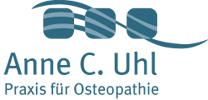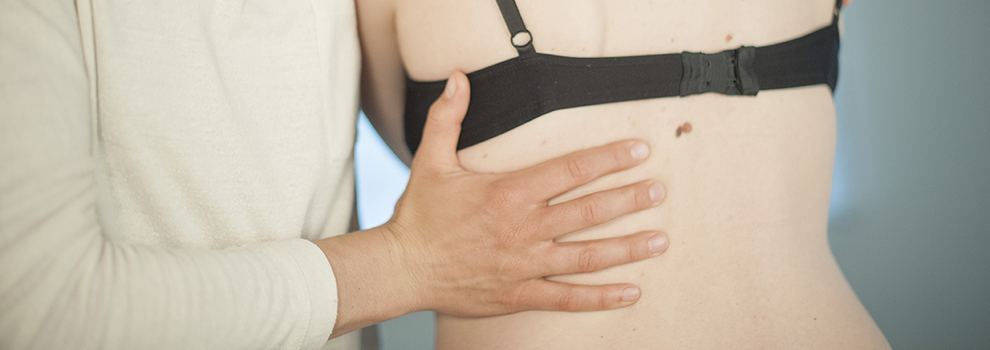
|
|
 |
|
PARIETAL OSTEOPATHY Parietal Osteopathy involves the treatment of the locomotor system (musculoskeletal system), in other words, the joints, bones, muscles, ligaments and fasciae of the body. The aim is to release joints with a locked or limited joint mobility to restore their physiological range of motion. A restoration of mobility in the long-term calls for the concurrent treatment of the tissue surrounding the respective joint! There are different techniques for treating the musculoskeletal system that are applied according to the individual requirements. Here are a number of examples: The Sutherland Technique is a very gentle method. Joints are primarily held in position by ligaments. Therefore, in this technique a position is chosen for a constricted joint in which the concerned ligaments are maximally balanced. This is called »Point of Balance and Membraneous Tension« (PBMT). The patient cooperates via instructed breathing and/or light muscle activity. The basic principle is to remobilise the constricted joint by balancing the membraneous tension and thus break down the resistance of the defence mechanisms. Another gentle method is the Muscle Energy Technique (MET). By actively tensing and relaxing particular muscles (in the direction and with an intensity indicated by the therapist), the patient is able to assist the treatment in a precise fashion. The Thrust Technique is a mobilization performed at high velocity and low amplitude (manipulation). First the therapist places the patient in a comfortable and relaxed position whereby the joint / segments neighbouring the dysfunctional area are locked. This ensures that the manipulative thrust exclusively affects the desired joint. The accurately performed technique separates the locked joint facets and relaxes the neighbouring muscles on the neuromuscular level. |